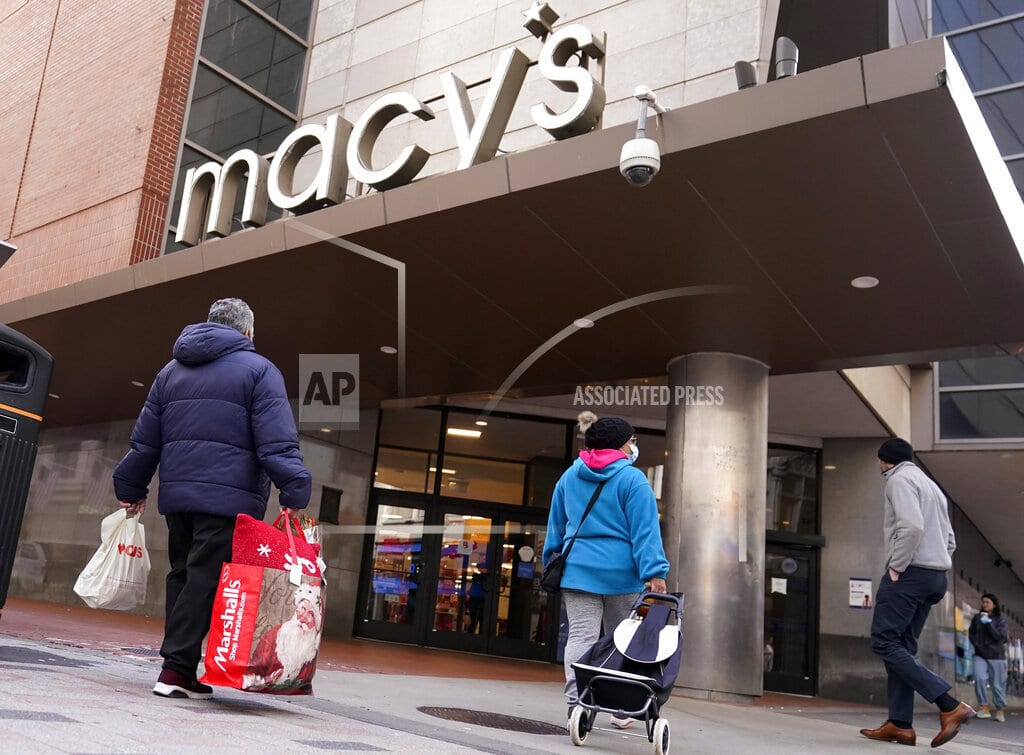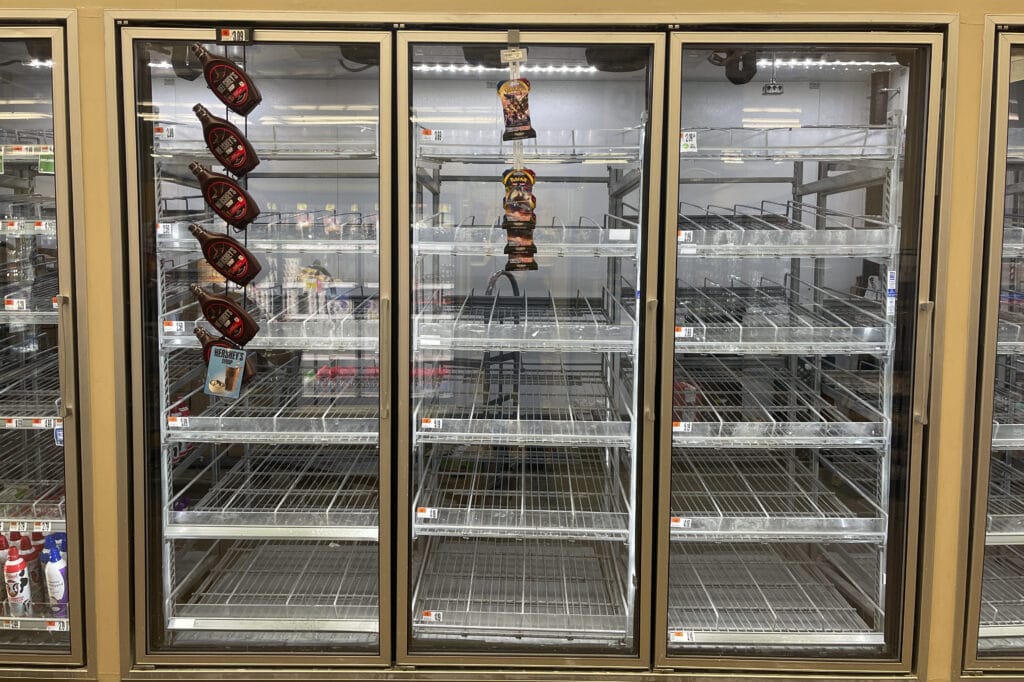Retail sales fell a seasonally adjusted 1.9% in December compared with the previous month when sales increased 0.3%. Supply chain issues as well as the new surging omicron variant played a significant role with sales during the Christmas month. As reported by the AP:
Omicron was identified by the WHO in late November the December retail report reflected the first glimpse of how the new variant would affect sales
NEW YORK (AP) — Americans, beset by product shortages, rising prices and the arrival of omicron, sharply cut their spending in December after a burst of early spending in the fall that helped bolster the holiday season.

Retail sales fell a seasonally adjusted 1.9% in December compared with the previous month when sales increased 0.3%, the U.S. Commerce Department said Friday.
Sales at department stores fell 7%. restaurant sales slipped 0.8% and online sales fell 8.7%.
Omicron was identified by the World Health Organization in late November, and the December report from the Commerce Department is the first to capture some of its effect on consumer behavior.
The monthly retail report covers only about a third of overall consumer spending and doesn’t include money spent on things like haircuts, hotel stays or plane tickets, all which tend to see business tail off when anxiety about COVID-19 tick higher.

The National Retail Federation, the nation’s largest retail trade group, is crunching last month’s sales figures and is expected to release the actual holiday sales results later Friday. It’s expecting a record-breaking growth of anywhere from 8.5% and 10.5% compared to the year-earlier period despite the challenges facing shoppers and stores.
The omicron variant has led to widespread worker shortages with so people calling out sick, including the retail sector, and supply shortages have curtailed what they can sell. Stores and restaurants have slashed operating hours or remained closed on days they had previously been open.
By ANNE D’INNOCENZIO Retail Writer






